Who was Maurice Merleau-Ponty?
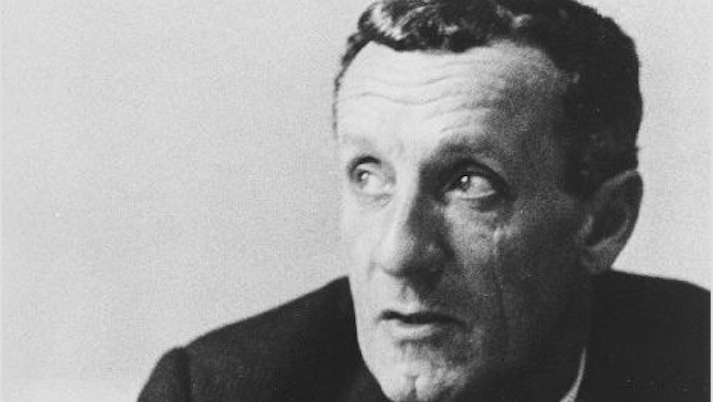
Maurice Merleau-Ponty (1908-1961) was a French philosopher and phenomenologist who made significant contributions to the fields of phenomenology, existentialism, and the philosophy of perception. His work bridged the gap between continental philosophy and the emerging fields of cognitive science and psychology, influencing subsequent thinkers in philosophy, psychology, and the social sciences. Merleau-Ponty’s theories on embodied cognition, the lived body, and the primacy of perception have had a lasting impact on our understanding of human experience and consciousness.
In this comprehensive essay, we will explore Merleau-Ponty’s key theoretical contributions, his approach to phenomenology, and the enduring relevance of his ideas in contemporary philosophy, psychology, and cognitive science. We will examine how Merleau-Ponty’s work has shaped our understanding of perception, embodiment, and the nature of human existence, and consider the ways in which his insights continue to inform research and thinking in the 21st century.
Merleau-Ponty’s Phenomenology of Perception
2.1. The Primacy of Perception
Central to Merleau-Ponty’s philosophy is the concept of the primacy of perception. In his seminal work “Phenomenology of Perception” (1945), Merleau-Ponty argued that perception is not merely a passive reception of sensory data, but an active, embodied engagement with the world. He proposed that our perceptual experiences form the foundation of all knowledge and understanding, challenging the traditional Cartesian separation of mind and body.
Merleau-Ponty’s emphasis on perception as a fundamental aspect of human experience represented a significant departure from both empiricist and rationalist traditions in philosophy. His work in this area has influenced contemporary debates in philosophy of mind, cognitive science, and neuroscience.
2.2. The Lived Body and Embodied Cognition
Merleau-Ponty introduced the concept of the “lived body” (le corps propre) as a way of understanding human existence and experience. He argued that our bodies are not simply objects in the world, but the means through which we perceive and engage with the world. This concept challenged the traditional mind-body dualism and laid the groundwork for modern theories of embodied cognition.
According to Merleau-Ponty, our bodily experiences and capacities shape our perception and understanding of the world. He emphasized that cognition is not confined to abstract mental processes but is fundamentally grounded in our bodily interactions with the environment.
2.3. The Phenomenal Field and Intentionality
Merleau-Ponty developed the concept of the “phenomenal field” to describe the totality of our perceptual experiences and their meaningful organization. He argued that perception is inherently structured and meaningful, rather than a collection of isolated sensory impressions that must be interpreted by the mind.
Building on Husserl’s concept of intentionality, Merleau-Ponty proposed that consciousness is always directed towards the world and that our perceptual experiences are inherently meaningful and purposeful. This understanding of intentionality as embodied and situated in the world has had a significant influence on subsequent phenomenological and existential thought.
Merleau-Ponty’s Existential Philosophy
3.1. The Situated Subject
Merleau-Ponty’s phenomenology led him to develop a distinctive existential philosophy that emphasized the situated nature of human existence. He argued that we are fundamentally embedded in the world and that our understanding of ourselves and our environment is always shaped by our particular historical, cultural, and bodily circumstances.
This perspective challenged both the idea of a transcendental subject (as proposed by Kant and Husserl) and the radical freedom emphasized by Sartre. Merleau-Ponty’s situated subject is neither fully determined by external factors nor entirely free, but exists in a constant dialogue with the world.
3.2. Intersubjectivity and the Flesh of the World
Merleau-Ponty developed a unique theory of intersubjectivity, arguing that our relationships with others are fundamental to our existence and self-understanding. He proposed that we recognize others not through abstract reasoning, but through a direct, bodily perception of their intentionality and expressiveness.
In his later work, particularly in “The Visible and the Invisible” (published posthumously in 1964), Merleau-Ponty introduced the concept of “the flesh” (la chair) to describe the fundamental interconnectedness of all beings. This ontological concept sought to overcome the subject-object dichotomy and express the deep intertwining of perceiver and perceived, self and world.
Merleau-Ponty’s Influence on Later Philosophical and Scientific Thought
4.1. Impact on Existentialism and Phenomenology
Merleau-Ponty’s work represented a significant development in the phenomenological tradition, offering a critique and refinement of Husserl’s transcendental phenomenology and Heidegger’s existential phenomenology. His emphasis on the embodied and situated nature of human existence has been influential in subsequent existential and phenomenological thought.
4.2. Contributions to Cognitive Science and Psychology
Merleau-Ponty’s ideas about embodied cognition and the primacy of perception have had a lasting impact on cognitive science and psychology. His work anticipated many of the key insights of embodied cognitive science and has been influential in the development of enactive and ecological approaches to cognition and perception.
4.3. Influence on Social Theory and Cultural Studies
Merleau-Ponty’s philosophy has also had a significant influence on social theory and cultural studies. His concepts of the lived body, situated subjectivity, and intersubjectivity have been taken up by feminist theorists, critical theorists, and scholars in fields such as anthropology and sociology.
The Relevance of Merleau-Ponty’s Work in Contemporary Philosophy and Science
5.1. Neuroscientific Support for Embodied Cognition
Recent advances in neuroscience have provided support for many of Merleau-Ponty’s key ideas about embodied cognition and perception. Research in areas such as mirror neurons, sensorimotor integration, and predictive processing aligns closely with Merleau-Ponty’s emphasis on the bodily basis of cognition and the active, engaged nature of perception.
5.2. Applications in Psychology and Psychotherapy
Merleau-Ponty’s insights into the nature of embodied experience and intersubjectivity have informed various approaches in psychology and psychotherapy. His work has been particularly influential in phenomenological psychology, gestalt therapy, and body-oriented psychotherapies.
5.3. Implications for Artificial Intelligence and Robotics
Merleau-Ponty’s theories of embodied cognition and perception have implications for the development of artificial intelligence and robotics. His work challenges traditional computational models of mind and suggests the importance of embodiment and situatedness for the development of genuine intelligence and consciousness.
Legacy
Maurice Merleau-Ponty’s contributions to philosophy and the study of human experience were profound and far-reaching. His theories of embodied perception, the lived body, and the primacy of perception have reshaped our understanding of consciousness, cognition, and the nature of human existence. Merleau-Ponty’s work bridged phenomenology, existentialism, and the empirical sciences, offering a unique perspective that continues to inspire and challenge thinkers across disciplines.
While Merleau-Ponty’s career was cut short by his untimely death at the age of 53, his ideas have had a lasting impact on philosophy, psychology, cognitive science, and beyond. As our understanding of the mind and consciousness continues to evolve, Merleau-Ponty’s insights into the embodied and situated nature of human experience remain highly relevant and continue to inform cutting-edge research and theory.
Read More Depth Psychology Articles:
Taproot Therapy Collective Podcast
Jungian Innovators
Jungian Topics
How Psychotherapy Lost its Way
Therapy, Mysticism and Spirituality?
The Symbolism of the Bollingen Stone
What Can the Origins of Religion Teach us about Psychology
The Major Influences from Philosophy and Religions on Carl Jung
How to Understand Carl Jung
How to Use Jungian Psychology for Screenwriting and Writing Fiction
The Symbolism of Color in Dreams
How the Shadow Shows up in Dreams
Using Jung to Combat Addiction
Jungian Exercises from Greek Myth
Jungian Shadow Work Meditation
Free Shadow Work Group Exercise
Post Post-Moderninsm and Post Secular Sacred
The Origins and History of Consciousness
Jung’s Empirical Phenomenological Method
The Future of Jungian Thought
Jungian Analysts
Anthropology
Mystics and Gurus
Philosophy
Spirituality
Types of Therapy
Influential Psychologists
Influences on Jung
Classical Literature
Iphigenia in Aulis
Greek Tragedies Influence on Jung
The Psychology of the Peloponesian War
Artists and Designers
Andres Duany
Media
The Psychology of The Sopranos
Poets
Architecture
The Psychology of Architecture
The Psychology of Architecture
The Corporate Post Modern Office
Birmingham Alabama Arts and Culture
African American Writing and Music
Bibliography
Primary Sources:
- Merleau-Ponty, M. (1945). Phénoménologie de la perception. Gallimard. [English translation: Merleau-Ponty, M. (2012). Phenomenology of Perception. Routledge.]
- Merleau-Ponty, M. (1948). Sens et non-sens. Nagel. [English translation: Merleau-Ponty, M. (1964). Sense and Non-Sense. Northwestern University Press.]
- Merleau-Ponty, M. (1960). Signes. Gallimard. [English translation: Merleau-Ponty, M. (1964). Signs. Northwestern University Press.]
- Merleau-Ponty, M. (1964). Le Visible et l’invisible. Gallimard. [English translation: Merleau-Ponty, M. (1968). The Visible and the Invisible. Northwestern University Press.]
- Merleau-Ponty, M. (1964). L’Œil et l’esprit. Gallimard. [English translation: Merleau-Ponty, M. (1993). Eye and Mind. In G. A. Johnson (Ed.), The Merleau-Ponty Aesthetics Reader: Philosophy and Painting. Northwestern University Press.]
Secondary Sources:
- Carman, T. (2008). Merleau-Ponty. Routledge.
- Dillon, M. C. (1988). Merleau-Ponty’s Ontology. Indiana University Press.
- Hass, L. (2008). Merleau-Ponty’s Philosophy. Indiana University Press.
- Langer, M. M. (1989). Merleau-Ponty’s Phenomenology of Perception: A Guide and Commentary. Palgrave Macmillan.
- Matthews, E. (2002). The Philosophy of Merleau-Ponty. McGill-Queen’s University Press.
- Priest, S. (1998). Merleau-Ponty. Routledge.
- Toadvine, T. (2009). Merleau-Ponty’s Philosophy of Nature. Northwestern University Press.
- Romdenh-Romluc, K. (2011). Routledge Philosophy GuideBook to Merleau-Ponty and Phenomenology of Perception. Routledge.
- Gallagher, S. (2005). How the Body Shapes the Mind. Oxford University Press.
- Varela, F. J., Thompson, E., & Rosch, E. (1991). The Embodied Mind: Cognitive Science and Human Experience. MIT Press.

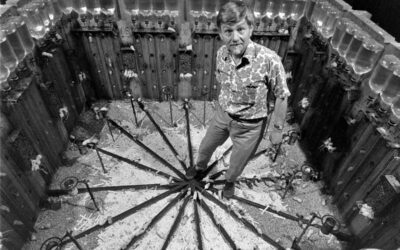









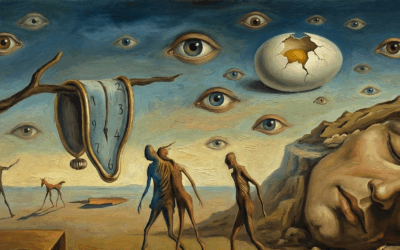

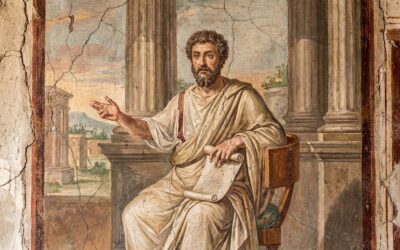

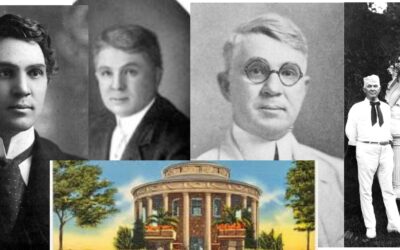


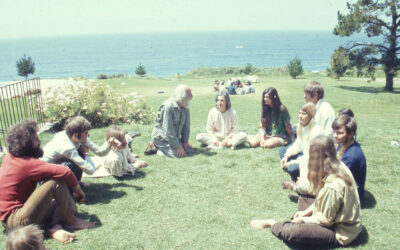
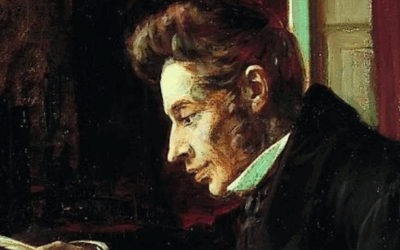


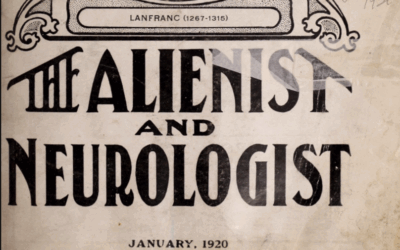
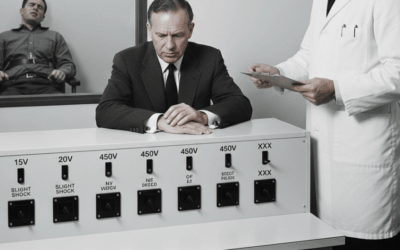


0 Comments